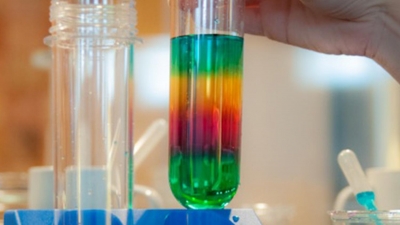Which was the first textile in the world?

The oldest fabric discovered was a piece of linen dating from around 6500 BC. It was found inside a cave in the Judean Desert, preserved by the dry air. Linen is made from fibrous flax plants. Ancient Egyptians collected dried and bundled flax plants from the banks of the Nile River.
The process of making the fabric was lengthy. First, the seeds were removed before the plants were soaked in water. Later, they would be beaten, washed, spun, and woven. To bleach their linen, Egyptians used sunlight. The natural state of the fabric is a dull grey-brown. White linen was considered a symbol of purity for the Egyptians, and later for the Romans.
Picture credit: google













